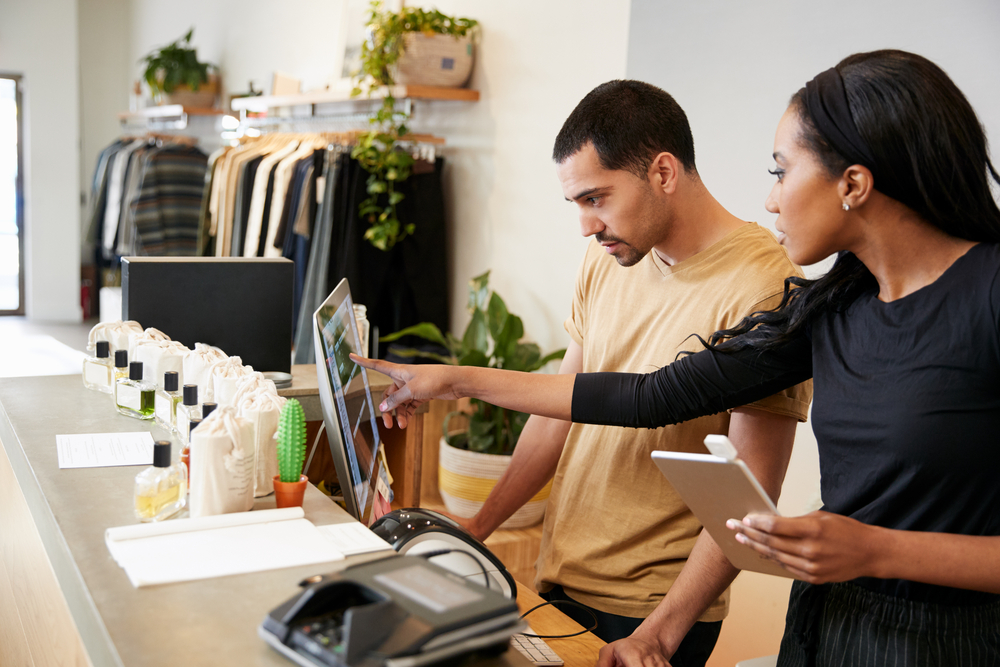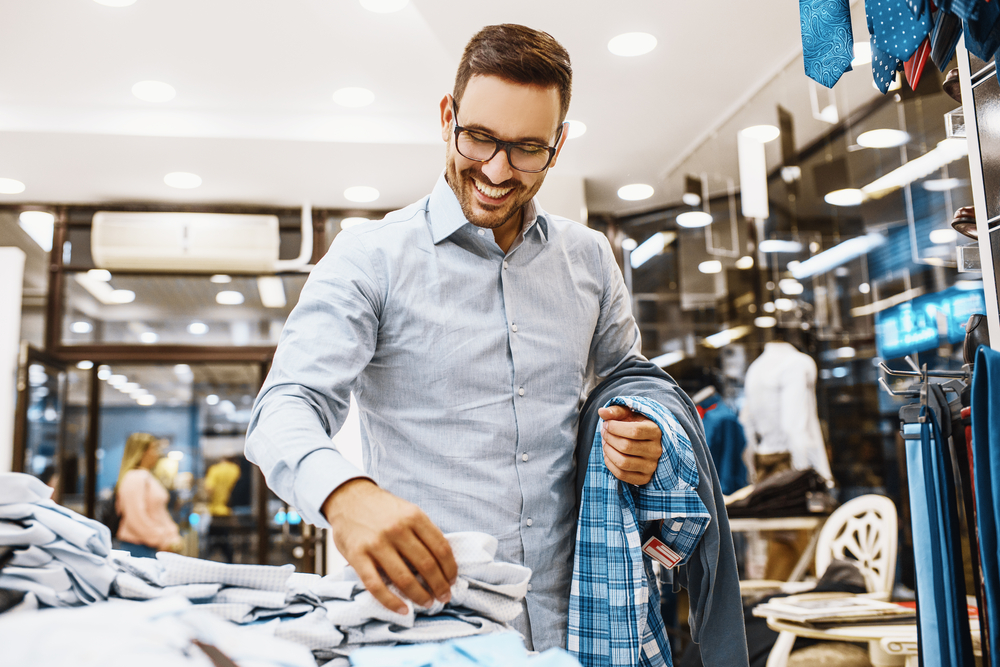Three trends impacting fashion retailers right now
The pace of change in the retail industry has been gathering momentum over the last decade. Add a global pandemic to the mix and that change has accelerated further still.
We’ve seen the overall percentage of ecommerce sales in the UK increase to over a third of all retail in November 2020 and January 2021. Website traffic has increased, yet still the appeal of bricks-and-mortar stores remains strong.
According to eMarketer, even though physical retail will decrease this year, it will still account for 62.5% of the retail landscape. Meanwhile, a survey carried out by BigCommerce and PayPal revealed that more than 40% of shoppers would still rather buy items in a physical store than online.
But what does this mean for the future of fashion retail?
In essence, retailers need to be ready to adapt their strategies. They need a hybrid approach that shines a light on the omnichannel customer journey. In other words, they need to be where their customers are. This means creating a streamlined experience from the moment a consumer sees a product advertised through to purchase, delivery and returns.
One thing is clear: the lines between online and offline retail experiences are blurred, creating new opportunities along the way.
Here are three trends fashion retailers need to keep on their radars over the coming year.
1. Fulfilment as a priority for physical stores
In the UK, click and collect has been popular for some time. Up to 64% of retailers offer it as a service. The Covid-19 pandemic has made it even more popular.
Findings of the Fashion United 2021 Consumer Spending Trends report revealed that numerous shoppers like click and collect because it allowed them to avoid shipping fees. Meanwhile, other research confirms that it is the immediacy of in-store shopping that keeps customers stepping through the doors.
This focus on click and collect suggests retailers will be using it more creatively to encourage shoppers to visit physical stores. That could be encouraging website visitors to pre-order exclusive or limited-edition items, which can be collected at a certain time from a bricks-and-mortar store. Or, retailers could offer same-day delivery for customers living within a certain radius of a store. Not strictly click and collect, but one way retailers can take full ownership of the fulfilment process and end-to-end experience.
2. The rise (and rise) of contactless
More and more consumers are making their smartphones work harder, using them to make contactless payments both online and in-store. We are also seeing in-store digital shopping experiences making good headway. 
Of course, in some countries, this is by no means a new concept. In China, for example, customers have been using apps to scan QR codes to discover more about products long before the pandemic hit. But not all contactless needs to be that extreme. Even just removing the need to speak to a salesperson to find an item can create a more seamless shopping experience.
Today’s consumers expect to be able to find the exact location of a product using their phone. They also want to know how many items are in stock, and whether there are any discounts or promotions attached to that item.
3. Reality? As long as it’s augmented or virtual…
Back in the 1990s, augmented reality (AR) and virtual reality (VR) were widely hailed as the next big thing. However, they never really gained the traction many believed they would. Today, finally, it seems their time has come. Not least, because this technology is being put to use helping shoppers make better, more informed decisions about the products they are buying – both in-store and online.
AR is being used by retailers to help guide customers through a store to locate the items they need faster. It is also being used to virtually place products – for example, Ikea customers virtually placing pieces of furniture in their homes to see how they looked. Meanwhile, VR can be used to give online shoppers the chance to browse bricks-and-mortar stores as if they were there in person.
Fashion, too, is embracing this technology. Retailers are using it to help customers see how certain items will look on their bodies – a step that both enhances the ecommerce experience, but also reduces the number of online sales returns.
And it works both ways. AR and VR can be used to show in-store customers whether a particular hair colour or make-up product will suit them before they buy it. Are you ready to leverage these trends and move towards a more holistic omnichannel retail approach?
The team at Delta can help you create a seamless hybrid shopping experience across all touchpoints. Get in touch to find out more: hello@thedeltagroup.com.




